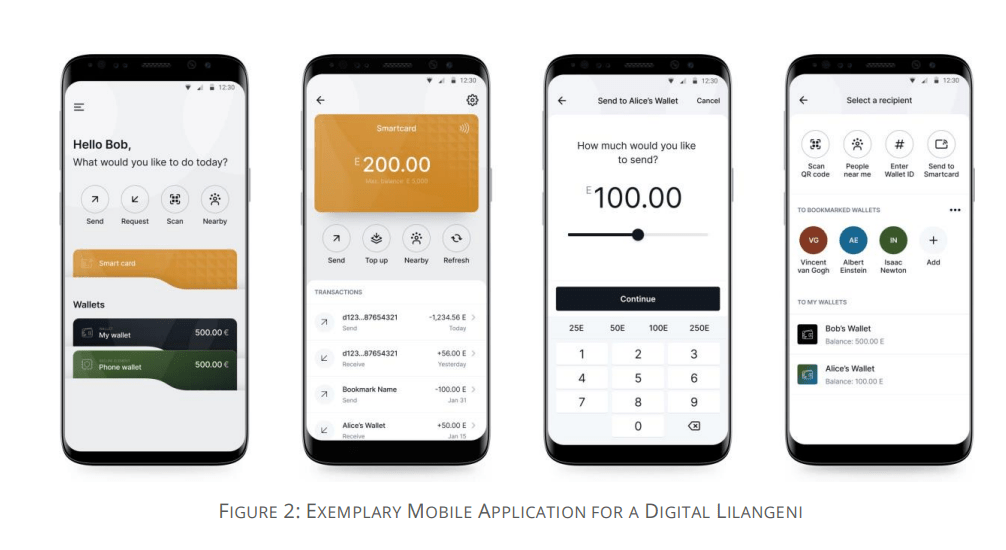The Central Bank of the Kingdom of Eswatini has released a design paper detailing its potential central bank digital currency (CBDC), the digital Lilangeni.
The digital currency is envisioned as a tokenized currency operating on a distributed database, rather than a traditional distributed ledger.
According to the design paper, the CBDC would be accessible through two types of wallets:
Hosted online wallets managed by financial institutions, and
Hard wallets, likely taking the form of smart cards
The smart cards would be able to function without internet access, offering flexibility and inclusivity for users in areas with limited or no connectivity.
According to the paper, the digital Lilangeni, developed with technical partner Giesecke + Devrient, will follow an intermediated model, where financial institutions will distribute the currency to users via infrastructure managed by the central bank.
This approach ensures that the central bank retains control over the digital currency while leveraging private sector entities to facilitate its distribution.
exemplary mobile application for a digital lilangeni
The CBDC will offer pseudo-anonymity, balancing user privacy with compliance to Know Your Customer (KYC) and Anti-Money Laundering (AML) regulations.
Furthermore, it will incorporate programmable payments at the wallet level allowing for automated transactions or specific spending restrictions. For instance, parents could restrict how their children spend money enhancing control and customization for various user scenarios.



